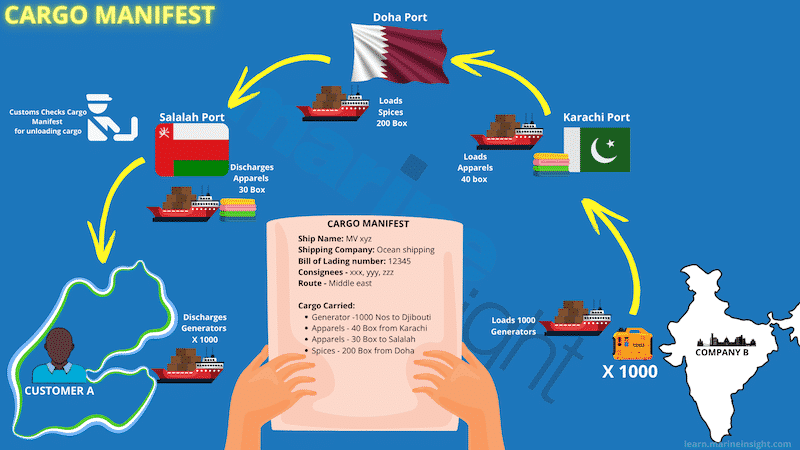
The CMR for transport also applies if the vehicle is transported together with the goods on another means of transport (such as a ferry).


Also excluded are transports of postal goods (in accordance with the provisions of the International Postal Convention), removal goods and corpses. Containers and swap bodies are only valid in connection with the corresponding vehicle. The agreement remains valid only when road vehicles are loaded. If the CMR document does not cover certain topics, then the national transport law is complementary. Agreements that conflict with CMR are null and void. The CMR document for transport is mandatory for the parties to the contract of carriage if the country of departure and/or destination of the transport is a member of the Convention and thus supersedes the prevailing national transport law. Do you need a CMR document? When does the CMR apply? Receipt function:Īccording to point 2, the CMR consignment note also serves as a receipt during the transfer process. Proof function:Ī CMR consignment note documents that the goods are in good condition when they are handed over and that the number of freight items is correct. The CMR consignment note serves as an information carrier about the nature and quantity of the freight for everyone involved in the transport (sender, carrier, recipient, forwarder). What is the function of a CMR waybill?Ī CMR consignment note fulfills the following three functions for international freight transports:

The CMR document is only binding if the contract includes either English and/or French as the contract language. The Convention was signed in 1956 and applies throughout Europe. The international agreement constitutes an international treaty on international inland transport.


 0 kommentar(er)
0 kommentar(er)
